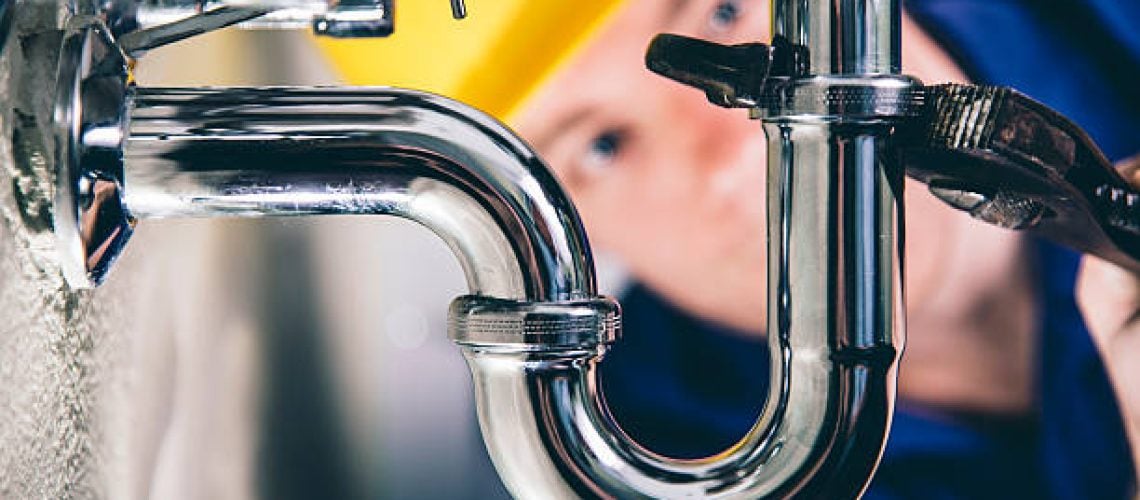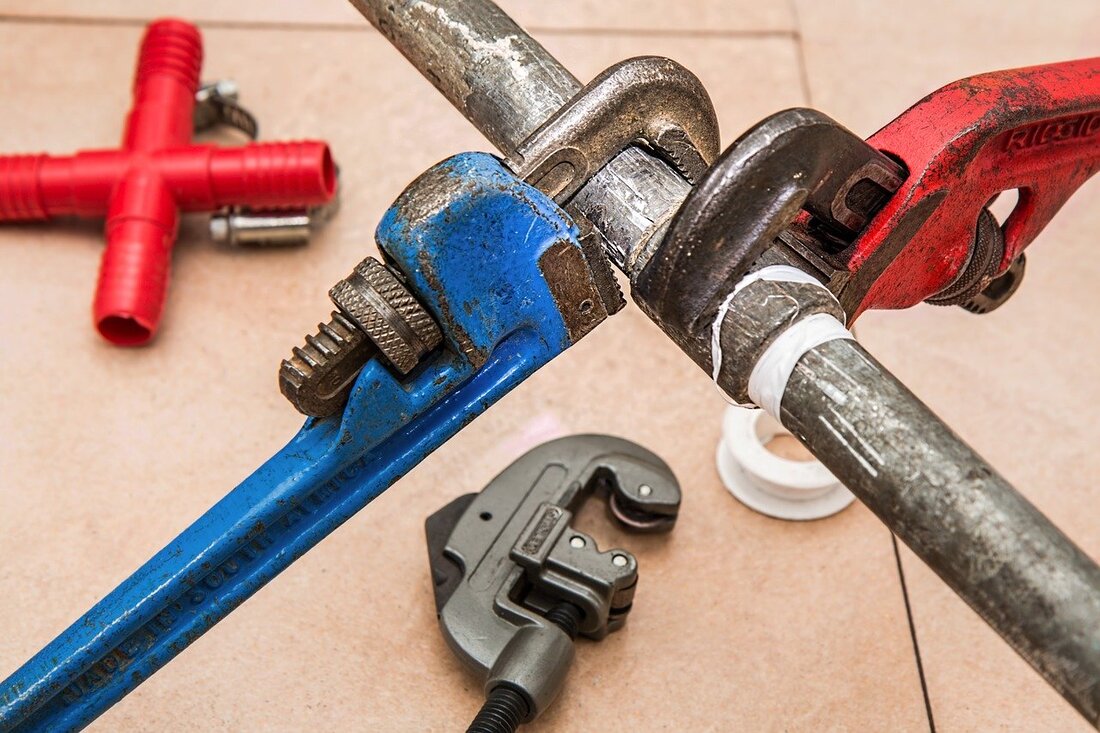Delving into the ABCs of Home Plumbing: A Beginner's Manual
Delving into the ABCs of Home Plumbing: A Beginner's Manual
Blog Article
Just how do you feel when it comes to How Does the Plumbing Work in Your Home??

Plumbing is a crucial facet of any home, in charge of supplying clean water for drinking, cooking, and bathing, along with eliminating wastewater securely. Comprehending the fundamentals of home plumbing is important for each property owner to make certain correct upkeep, troubleshooting, and, if essential, fixings. In this novice's overview, we'll cover the basic concepts of home plumbing to aid you end up being extra acquainted with how it works.
Water System System
The water system system brings tidy water into your home from a municipal water source or a private well. It includes a primary water line that attaches to your home's plumbing system, usually situated underground. A water meter gauges the amount of water consumed, while a shut-off valve enables you to control the flow of water right into your home.
Plumbing Fixtures
Plumbing components are gadgets that deliver water to various parts of your home and include sinks, taps, bathrooms, showers, bath tubs, and devices such as dishwashers and cleaning makers. Each fixture is linked to the water supply system through pipes and fittings and might have its shut-off valve for maintenance or emergencies.
Water Heater
The water furnace is responsible for heating water for residential use, including bathing, cooking, and cleansing. Typical types of water heaters include tank-type hot water heater, tankless (on-demand) water heaters, and heatpump water heaters. The water heater is linked to the water supply system and provides hot water to plumbing components as needed.
Drainage System
The drainage system removes wastewater from your home and brings it away to a sewer therapy center or septic tank. It includes a network of pipes, installations, and fixtures that move wastewater from plumbing fixtures to the major sewage system line or septic tank. Correct drainage is essential to avoid obstructions, backups, and sewer leaks.
Ventilation System
The air flow system helps preserve appropriate atmospheric pressure and prevent drain gases from entering your home. Air vent pipes, also known as air vent stacks, expand from plumbing components to the roofing, enabling drain gases to escape securely outdoors. Air flow pipes additionally enable air to get in the drain system, helping with smooth wastewater flow and avoiding suction or vacuum impacts.
Typical Plumbing Tools
Having the right devices available is important for carrying out fundamental plumbing repair services and upkeep jobs. Usual plumbing tools include adjustable wrenches, pipe wrenches, pliers, pipeline cutters, hacksaws, bettors, augers (or drainpipe snakes), and Teflon tape. Having these devices easily available can assist you take on small plumbing concerns efficiently.
Fundamental Plumbing Fixings
While some plumbing repair services may call for specialist assistance, numerous usual concerns can be addressed with standard do it yourself strategies. Knowing how to take care of a leaky faucet, unclog a drainpipe, change a toilet flapper, or fix a leaking showerhead can conserve you money and time on plumbing fixings.
Final thought
Understanding the essentials of home plumbing is necessary for every single homeowner to preserve a secure, functional, and efficient plumbing system. By acquainting on your own with the water supply system, plumbing fixtures, water drainage system, ventilation system, usual plumbing tools, and basic repair work, you can with confidence deal with minor plumbing issues and guarantee your home's plumbing system operates efficiently.
Plumbing for Beginners: A Comprehensive Guide
If you’re a beginner when it comes to plumbing, don’t worry; you’re not alone. Plumbing may seem intimidating, but with the right knowledge and a little practice, you can handle many common plumbing issues on your own. In this comprehensive guide, we will demystify the world of plumbing for beginners, providing you with the basic knowledge and skills needed to tackle common plumbing problems and even take on some DIY plumbing projects.
The Importance of Basic Plumbing Knowledge for Beginners:
First and foremost, basic plumbing knowledge gives you a solid foundation. It helps you grasp the key concepts and terminology that are essential in this field. By learning the basics, you’ll be able to build upon that knowledge and tackle more complex plumbing tasks in the future.
Having a basic understanding of plumbing also enables you to handle common issues that may arise in your home. Picture this: a leaky faucet or a clogged drain. With some basic plumbing knowledge, you’ll have the confidence to troubleshoot and fix these problems on your own. It saves you from unnecessary expenses and the hassle of waiting for a professional to arrive.
As a beginner, learning the basics of plumbing empowers you to take care of your own home. It gives you a sense of independence and self-reliance. You’ll no longer have to rely solely on professionals for every small issue that pops up. Instead, you can handle many tasks yourself, saving time and money in the process.
Remember, everyone starts as a beginner. Embrace the learning process and take small steps to expand your plumbing knowledge. There are plenty of online resources, tutorials, and even local workshops that talk about plumbing for beginners.
Essential Tools for Plumbing for Beginners
As you start your plumbing journey, having the right tools in your toolbox is crucial. Let’s explore some of the must-have tools:
Adjustable Wrench:
This versatile tool is a staple in any plumber’s toolbox. It allows you to tighten or loosen nuts and bolts of various sizes. Make sure to have an adjustable wrench with a comfortable grip.
Pipe Wrench:
A pipe wrench is specifically designed for gripping and turning pipes. It has serrated jaws that provide a strong grip, making it easier to loosen or tighten threaded pipes and fittings.
Plunger:
The plunger is a simple yet effective tool for clearing clogged drains and toilets. It creates suction when you push and pull, helping to dislodge blockages. Keep a good-quality plunger handy for those unexpected clogs.
Pipe Cutter:
When it comes to cutting pipes, a pipe cutter is your go-to tool. It creates clean, precise cuts without damaging the pipe. Look for a pipe cutter that can handle the pipe sizes you’re working with.
Hacksaw:
A hacksaw is useful for cutting through pipes, screws, and other materials. It’s a versatile tool that can handle different cutting tasks. Remember to use a blade suitable for cutting metal.
Tape Measure:
Accurate measurements are crucial in plumbing. A tape measure allows you to measure pipe lengths, distances, and dimensions accurately. Opt for a sturdy tape measure that extends a good length.
Pliers:
Pliers come in handy for various tasks, such as gripping, bending, and cutting. Slip-joint pliers with adjustable jaws are great for gripping pipes, nuts, and bolts.

I came across that article about while doing a lookup on the internet. Are you aware of somebody else who is in the market for ? Be sure share it. I thank you for reading our article about Plumbing Basics Every Homeowner Should Know.
Order Repair Report this page